Have you ever heard of the Olive Oil Commission of California (OOCC)? I hadn’t heard of them either until I attended a learning excursion put together by the Internation Food Blogger Conference (IFBC) and Cobram Estate. They taught me and other IFBC attendees all about the process of making extra virgin olive oil (EVOO), and how to quickly spot good quality extra virgin olive oil when you’re at the grocery store.
About the Olive Oil Commission of California, who they are, and what they do.
The OOCC was created and is funded by California olive oil farmers. Their mission is to provide a better product for consumers and to promote clear, simple and accurate labeling of California olive oil. Their goal is to help consumers make more informed choices when it comes to the health and flavor of the olive oil they are purchasing.
One of the primary functions of the OOCC is to develop, verify and enforce standards for California olive oil to ensure that California olive oils meet or exceed international standards for purity and quality.
California olive oil producers who process more than 5,000 gallons of olive oil during the marketing season are subject to OOCC requirements and are required by law to participate in a mandatory sampling and testing program.
Here’s how the sampling and testing program works according to OOCC:
Under this program:
-
- Government officials from the California Department of Food and Agriculture collect samples from olive oil producers at the time of production.
-
- Samples are sent to an independent laboratory for sensory and chemical analysis.
-
- California olive oil producers must also test their own olive oils using an accredited lab.
-
- Tests from both sources are sent to the OOCC. The grade listed on the bottles of oil must be consistent with the OOCC’s independent lab testing.
-
- OOCC sends all test results to the UC Davis Olive Center where they check and compare samples to determine how often producers’ labels are consistent with OOCC independent tests.
The objective of the OOCC program is not to prove that California olive oil is better than any other olive oil. The goal is to provide consumers with an improved shopping experience by providing simple, accurate labeling. Ultimately, the OOCC wants consumers to know that when they see any olive oil from California on their supermarket store shelves, they know it can be trusted.
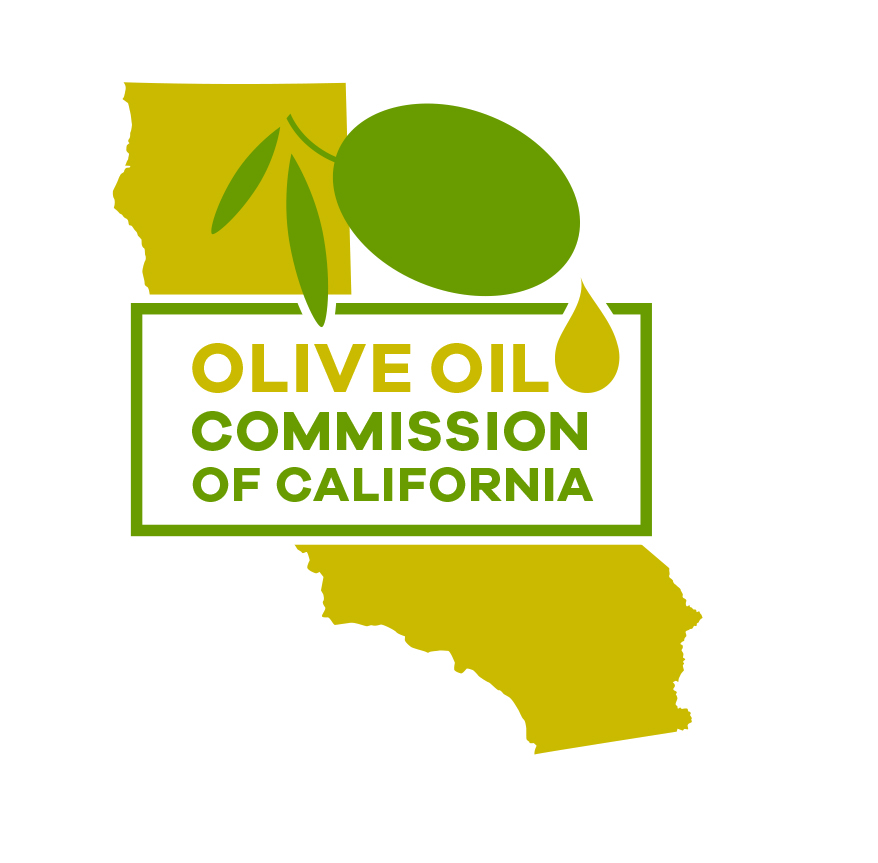 Three quick ways to know which bottle of EVOO to buy.
Three quick ways to know which bottle of EVOO to buy.
- Pay close attention to labels. After doing some more research, I also found the California Olive Oil Council, which has equally enforced sampling and testing procedures. Both the OOCC and COOC are labels you can trust! If neither of these logos are on the bottle of your choice, just remember to always fully read the labels – especially the ingredients.
- The ingredients list should be plain and simple. It should only say Extra Virgin Olive Oil. That’s it! Some bottle labels will say “composed of refined olive oils,” or “contains oil from one or more country.” Those should be your last choice if you’re looking for the least processed oil.
- Finally, choose a darker bottle as opposed to a lighter or clear plastic one. Olive oil is sensitive to light and exposing it to too much heat and light increases the potential for it to go rancid quicker. Bottles should be stored in a cupboard or pantry when you’re not using them and should be used up entirely within 5-8 weeks after being opened.
This post is part 1 of a three-part series for the International Food Blogger Conference (IFBC2017) I attended in Sacramento, CA. In exchange for a discounted ticket, I agreed to share my own personal experience about my time spent at IFBC on Spanglish Spoon.
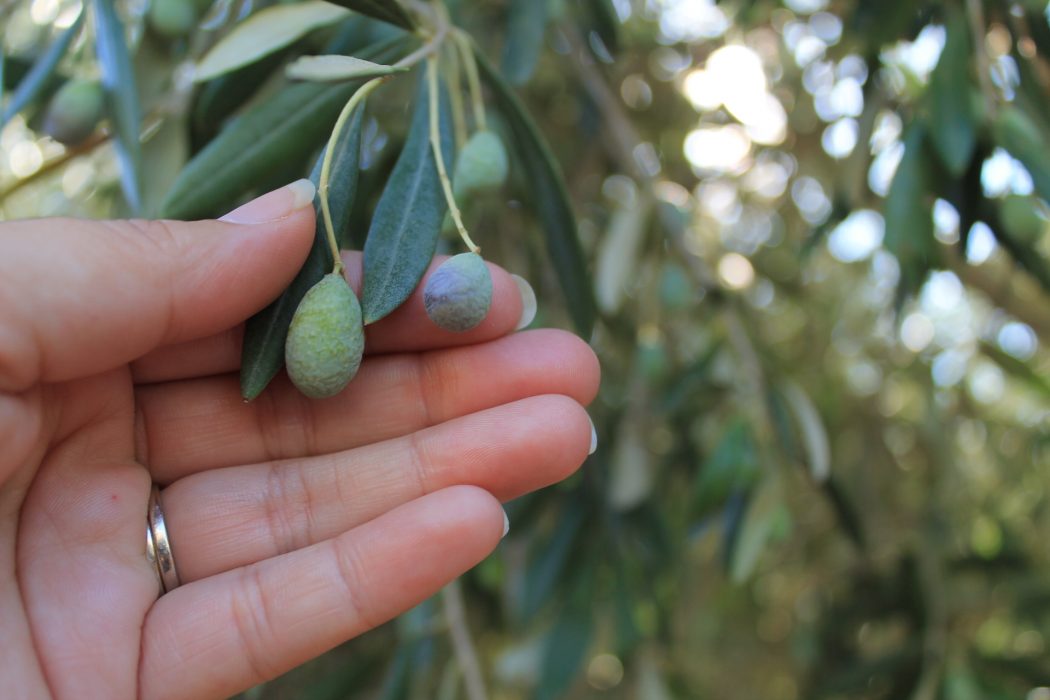
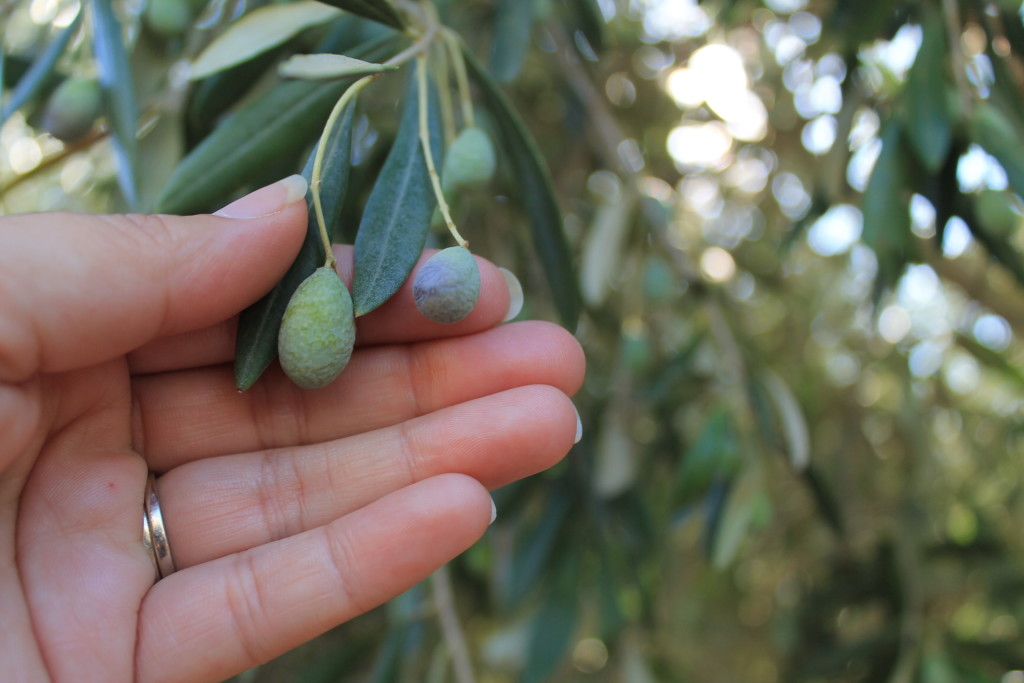
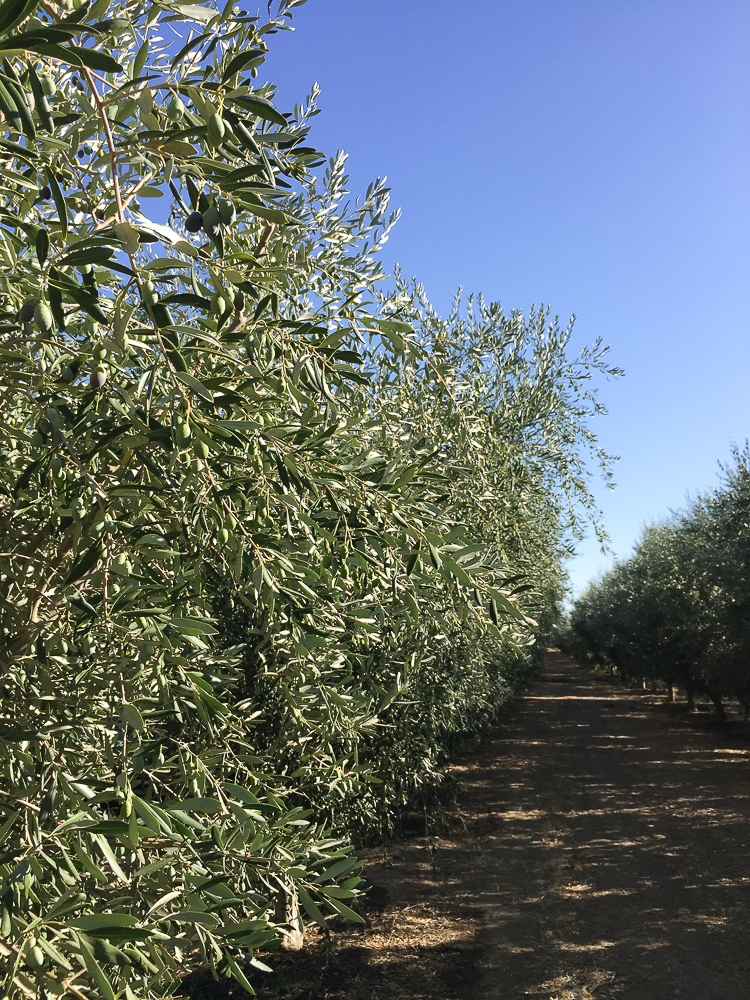
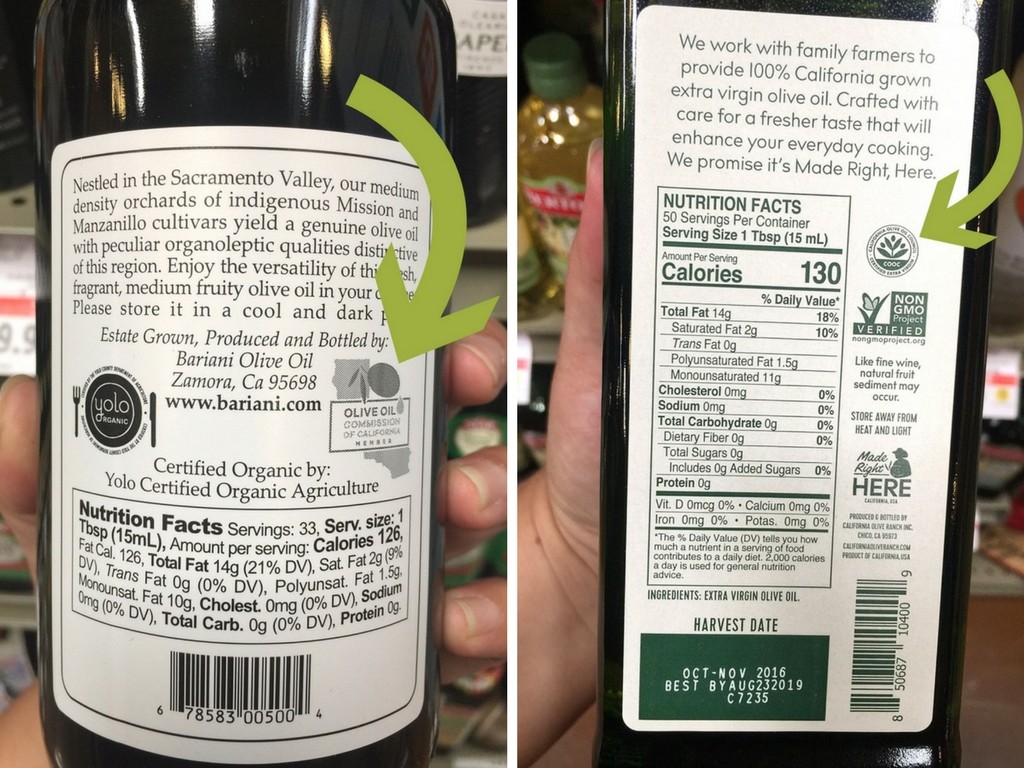
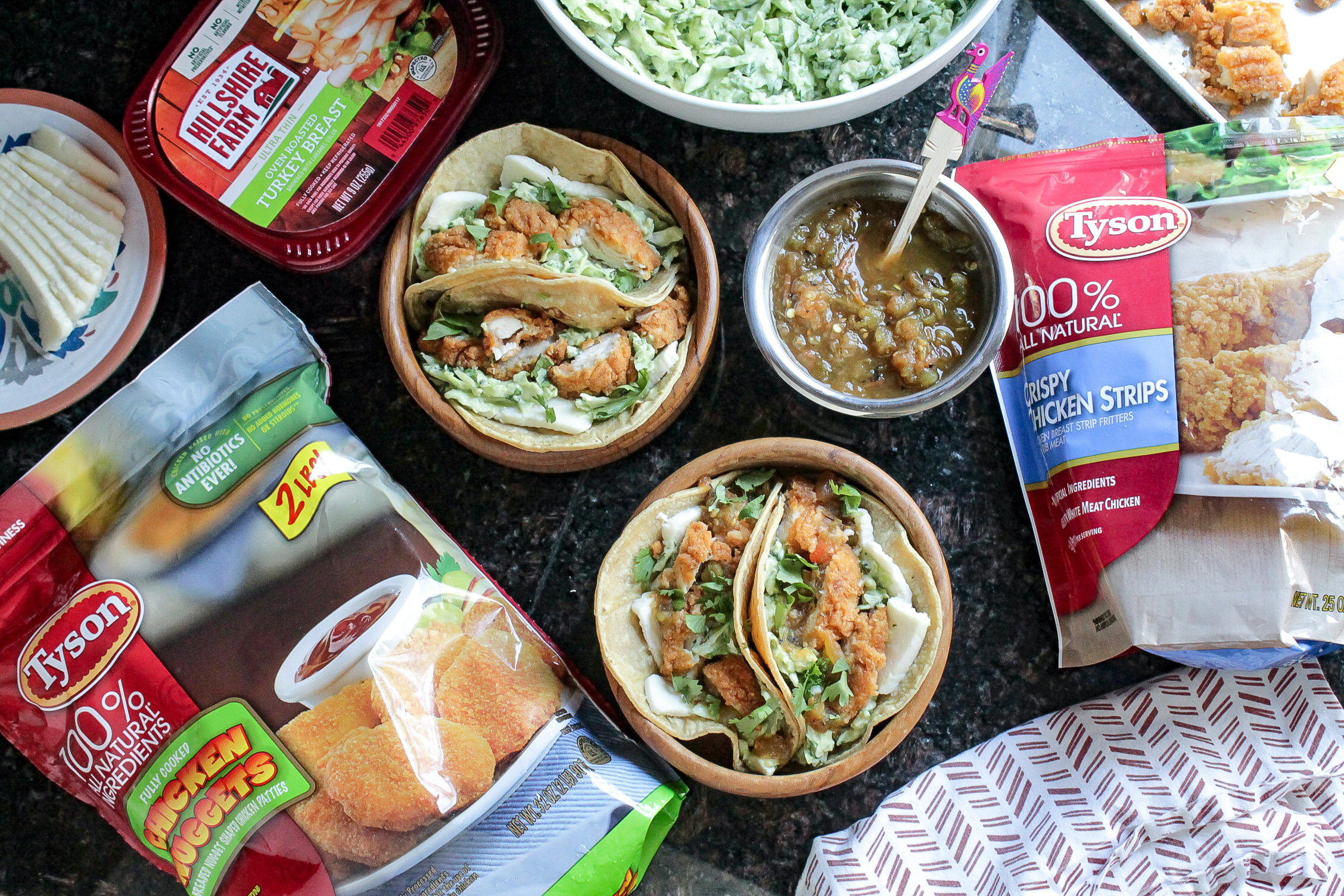
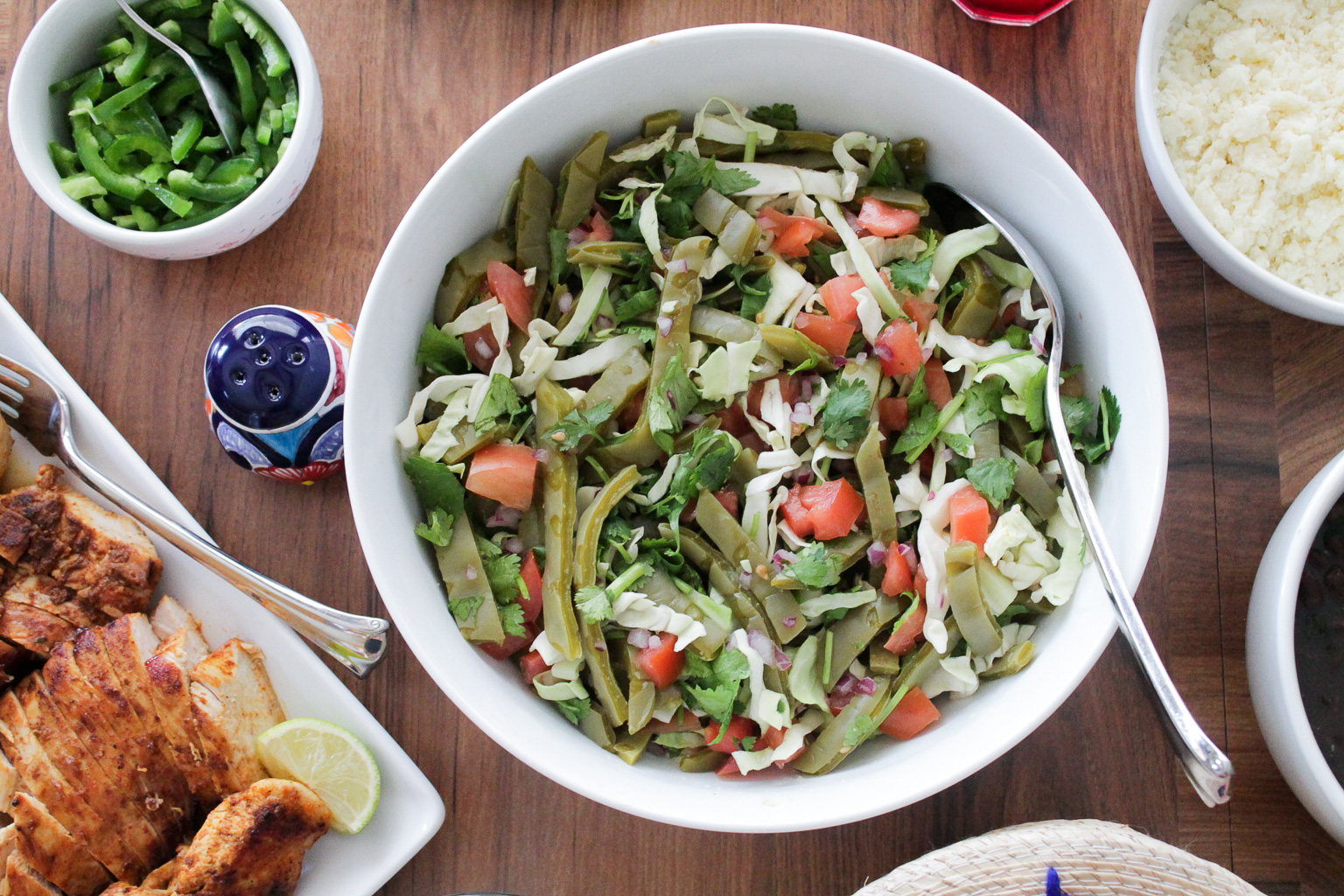
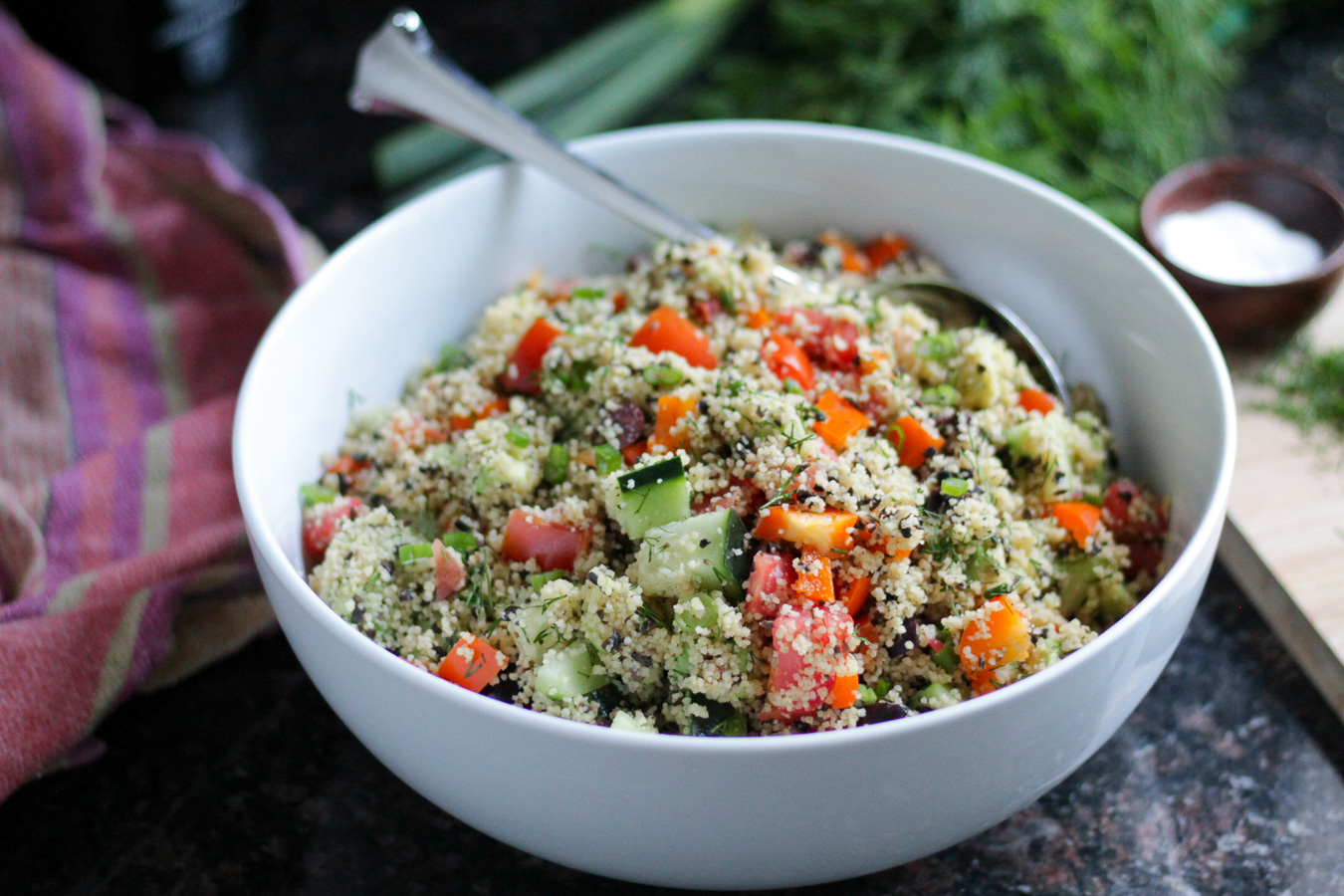
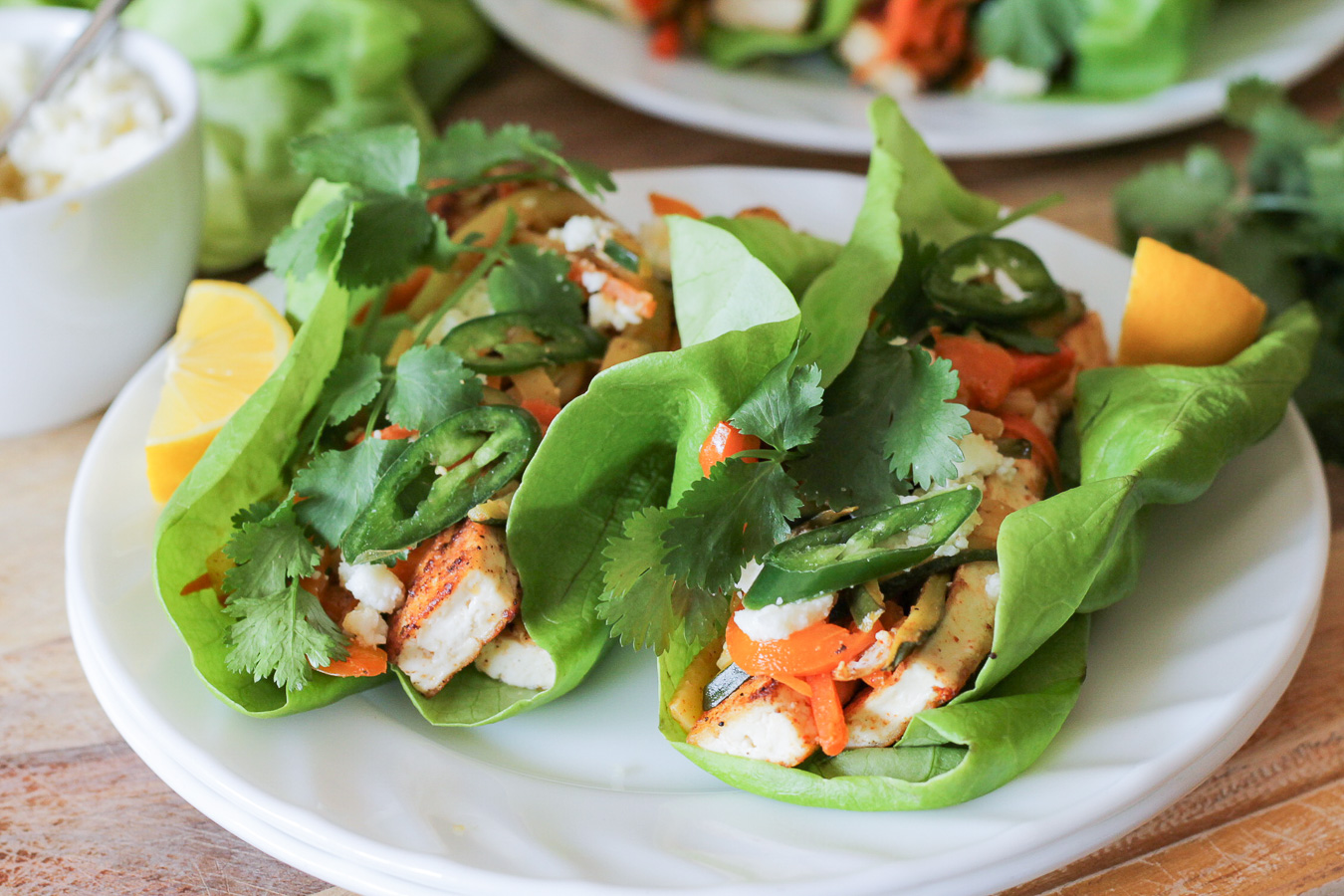
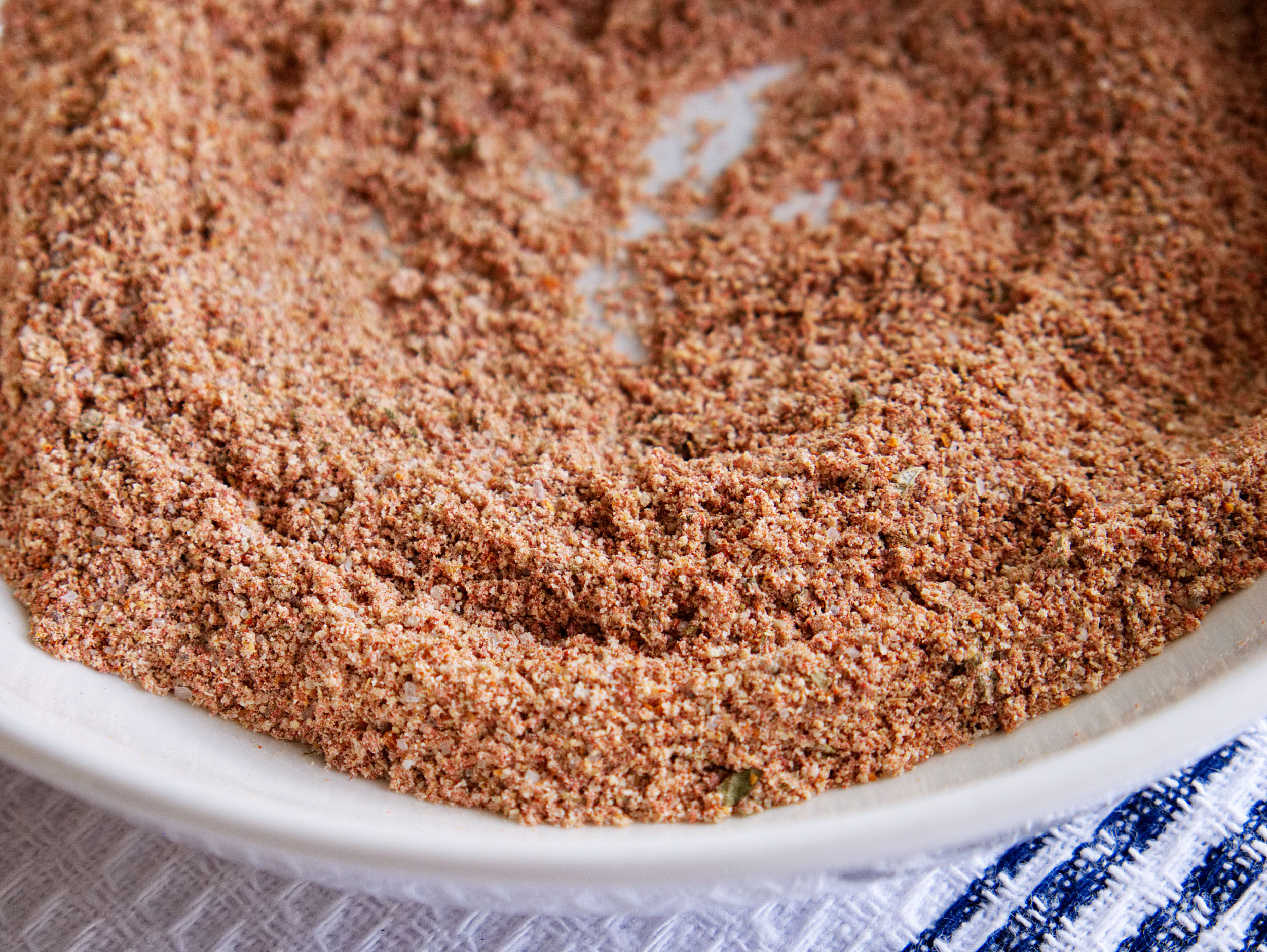
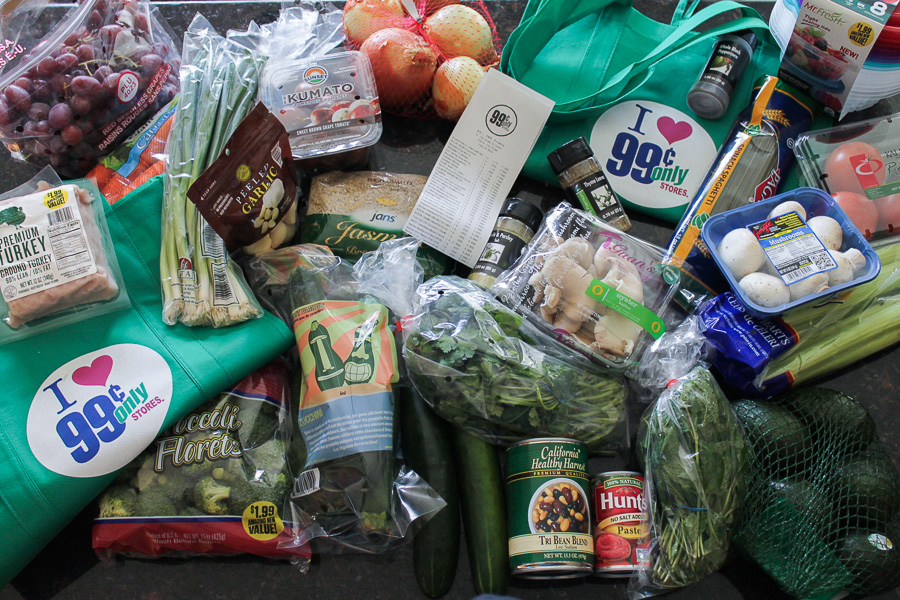
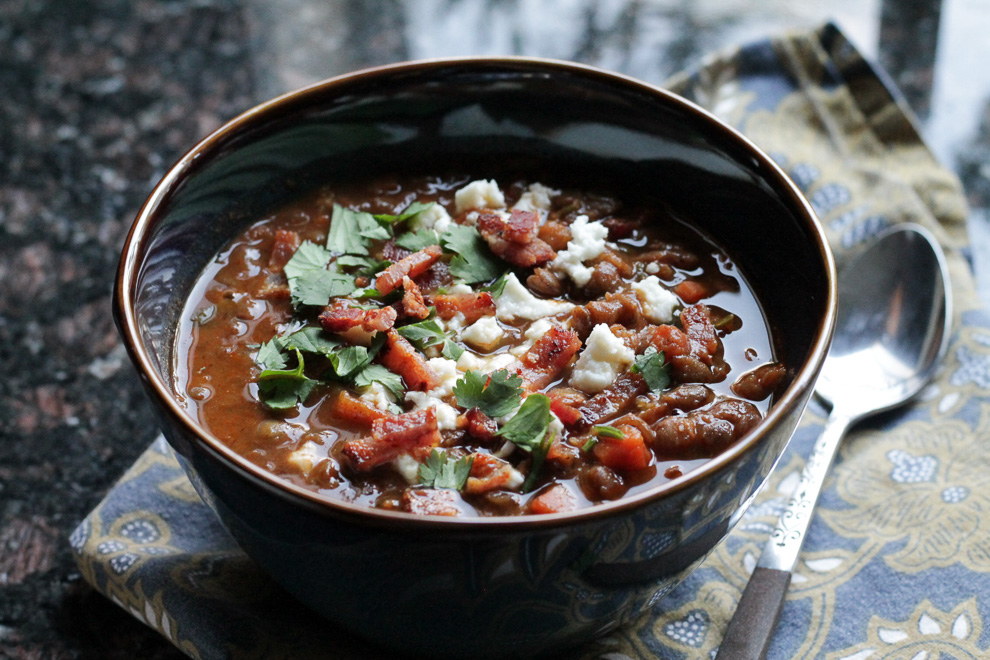
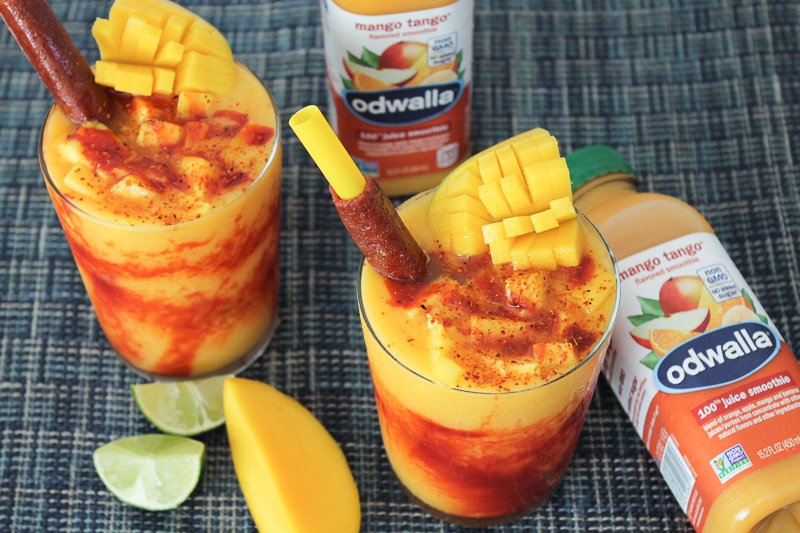
[…] You can read about what I learned here: How To Quickly Spot Good Quality Olive Oil […]